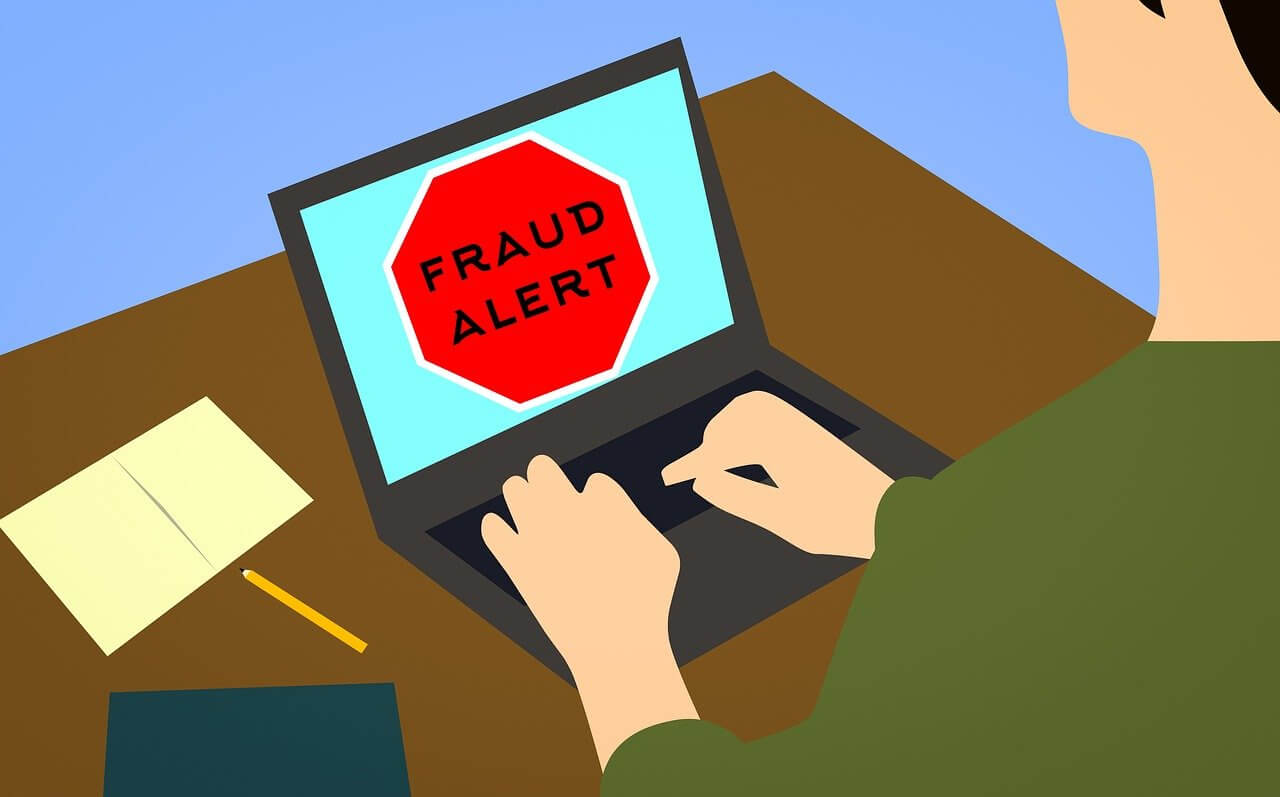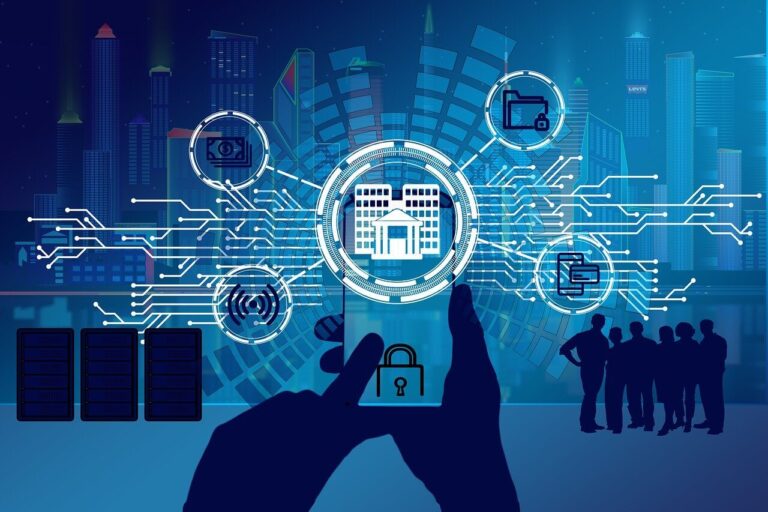How to Avoid Bank Fraud and Scams
Protect your finances from bank fraud and scams with these essential tips. Learn how to stay safe and secure your accounts from common threats.
Defrauding others to rip them off their money has been a problem for centuries, from old-time scams to today’s digital fraud. Even though banks have improved fraud protection, scammers keep finding new ways to trick people into sharing sensitive details like account numbers and passwords.
Financial institutions need strong security systems to defend against these threats. Customers also play a key part in keeping their financial information safe by staying aware of common scams and being careful. Let’s look at the common bank scams and how you can protect yourself.
What is Bank Fraud?
Bank fraud refers to any illegal act done with the goal of stealing money or assets from a bank, financial institution, or its customers. It comes in many forms, from simple tricks to more complicated and organized crimes. Scammers often find and take advantage of weak spots in the system for their own gain.
What is First-Party Fraud in Banking?
First-party fraud happens when someone uses their own identity to carry out a fraudulent act for personal gain. Examples include chargeback fraud, loan stacking, dispute abuse, and claiming goods were lost in transit (GLIT).
How Fraud Detection Works in Banking
In banking, fraud detection means keeping an eye on all transactions to quickly spot anything unusual. This helps banks identify potential fraud before it becomes a bigger problem.
Methods Used to Detect and Prevent Fraud
Analytics Technology:
Banks often use techniques like data analysis, probability models, and regression analysis to spot fraud. Many now also rely on AI tools like machine learning, neural networks, and pattern recognition to better detect fraud.
Identification Technology:
Banks use advanced methods to verify customers and devices. These include behavioral biometrics, device fingerprinting, two-factor authentication, and encryption to ensure security.
Workflow Technology:
It’s important to have the right software to turn data into actionable alerts. This allows compliance officers to detect fraud and explain it clearly to auditors.
The Role of People in Fraud Detection
Even with advanced tools, human judgment is still key in catching fraud. Employees need the right tools to help them manage and prioritize cases efficiently.
Advanced Fraud Detection Software
Banks face constant fraud attempts, so they need smart AI software to fight back. The best solutions offer quick data integration, powerful machine learning models, and out-of-the-box tools that banks can implement quickly.
They should also provide features like dynamic thresholds, identity clustering, and graph network detection to track suspicious activity.
READ ALSO: Top Fintech Marketing Agencies To Consider 2024
READ ALSO: Peer-to-Peer Lending Platforms: How They Work in Nigeria 2024
READ ALSO: How to Secure Fintech Transactions: Tips and Best Practices 2024
READ ALSO: Top 10 Challenges Facing The Fintech Industry
15 Common Types of Bank Fraud
Accounting Fraud:
This occurs when a financial institution’s records are manipulated to hide the true financial status. It often involves altering financial statements or misusing funds.
Account Takeover:
Fraudsters illegally access online banking accounts, allowing them to make unauthorized transfers or withdrawals.
Bill Discounting Fraud:
This happens when a bank accepts bills without enough collateral, potentially leading to financial losses.
Forgery or Fake Documents:
Criminals create or alter documents to deceive, such as opening a bank account using someone else’s identity.
False Loan Applications:
This involves submitting fake information to get loans that the applicant is not eligible for, using forged documents or false income reports.
Identity Theft or Impersonation:
Scammers steal personal details to access bank accounts or take loans under false identities.
Employment Scams:
Scammers promise jobs in exchange for fees or ask for bank information to transfer “commissions.” This information is then used to access bank accounts.
Money Laundering:
Criminals hide the origin of illegally obtained money by moving it through financial systems or using false identities.
Phishing and Social Engineering:
Fraudsters send fake emails or messages, tricking individuals into giving away sensitive details like passwords or banking information.
Check Fraud:
Fake or forged checks are used to withdraw funds, resulting in significant losses for both banks and account holders.
Government Imposter Scams:
Fraudsters pretend to be government officials, claiming you owe money or have won a prize that requires payment. Real government agencies will never call asking for payment.
Wire Transfer Fraud:
Using stolen personal information, criminals initiate unauthorized wire transfers from compromised accounts.
Credit Card Fraud:
Credit card details are stolen and used for unauthorized transactions, leading to financial losses for both the cardholder and the bank.
Automatic Withdrawal Scams:
Scammers trick individuals into giving their bank details by pretending they’ve won a prize or qualified for a special offer. They then use this information to withdraw funds from the victim’s account without their knowledge.
Asset Misappropriation:
This type of fraud involves the theft or misuse of an organization’s assets, such as embezzlement, fake disbursements, or stolen inventory.
11 Bank Fraud Prevention
Transaction Monitoring:
Banks can catch fraudulent activity early through constant transaction monitoring. These systems track financial movements and spot unusual patterns of behavior.
Use One-Time Passwords (OTP):
Adding an extra layer of security with OTPs helps protect customer accounts from unauthorized access and fraud.
Passwordless Authentication:
Consider passwordless options to improve security for customers and safeguard accounts against fraud attempts.
Fraud Orchestration:
Using automated tools to manage and respond to fraud threats allows banks to act quickly and efficiently, reducing risks.
Secure Online Practices:
Always ensure a safe internet connection when doing online banking to prevent hackers from accessing sensitive data.
Anti-Malware Software:
Install trusted anti-malware and antivirus programs to shield your devices from harmful attacks.
Be Wary of Phishing:
Avoid clicking on strange links in emails or texts, and never share personal information with unknown sources.
Strong Passwords:
Create unique and strong passwords for each account. Enable two-factor authentication (2FA) when available.
Careful Connections:
Avoid using public Wi-Fi for online banking, as these networks can expose your sensitive data. Use anti-malware on your devices and stick to secure networks.
Monitor Your Accounts:
Request a free credit report yearly to spot and dispute any errors. Keep an eye on all transactions in your main accounts, such as savings, checking, and retirement. For extra security, ask your bank about additional safety options.
Vary Your Passwords:
Using the same password everywhere can make it easy for scammers. Set different passwords for financial and non-financial accounts. If password management is a struggle, use a password manager to help keep things secure.
Conclusion:
Staying informed and cautious is key to avoiding bank fraud and scams. Banks invest in strong security measures, but your awareness and safe practices can provide an extra layer of protection. Always monitor your accounts, use strong passwords, and be wary of unsolicited messages or suspicious activities.
Taking these simple steps can help safeguard your financial information and keep you one step ahead of fraudsters.







